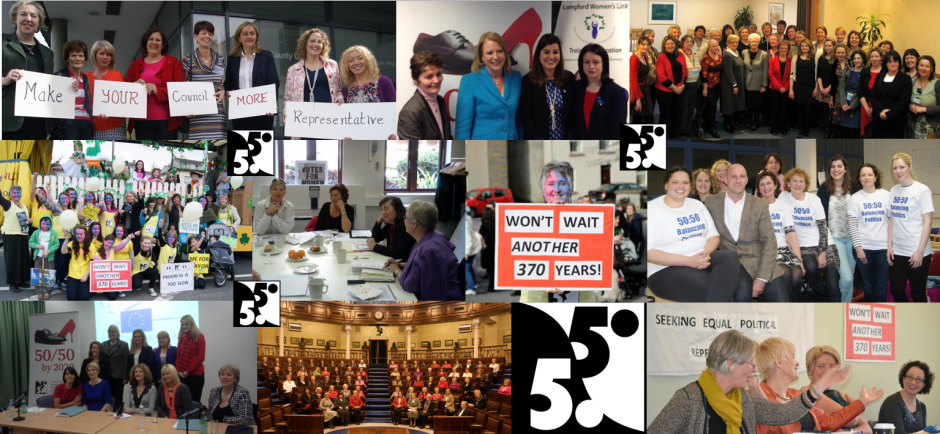On Monday, November 28, with a headline “Quotas will address gender imbalance” the Irish Examiner published a letter from Nadiyah Kahlid, Chairwoman, Longford Women’s Manifesto Group.
“THERE has been much debate recently on the issue of gender quotas.
Longford Women’s Manifesto Group works on promoting women’s perspectives in decision-making at a local level in Co Longford.
We support gender quotas, but are aware that many women and men oppose quotas on the basis that they unfairly benefit women in a society where women are more than capable of achieving representation in their own right.
Research both in Ireland and internationally shows us that being selected as a candidate by a party is often more difficult for women than for men.
This is due to the fact that at local and national levels, parties and key decision makers are male-dominated and operate within strong male networks.
Thus, regardless of how capable women are, they have a far lesser chance of being selected as a candidate by a party. The legislation is an opportunity to address this by sanctioning those parties who ignore females as potential candidates. It’s also an opportunity for cultural reform within our political parties, which many will agree is long overdue.
Nadiyah Kahlid
Chairwoman
Longford Women’s Manifesto Group, Ardnacassa Avenue, Longford
